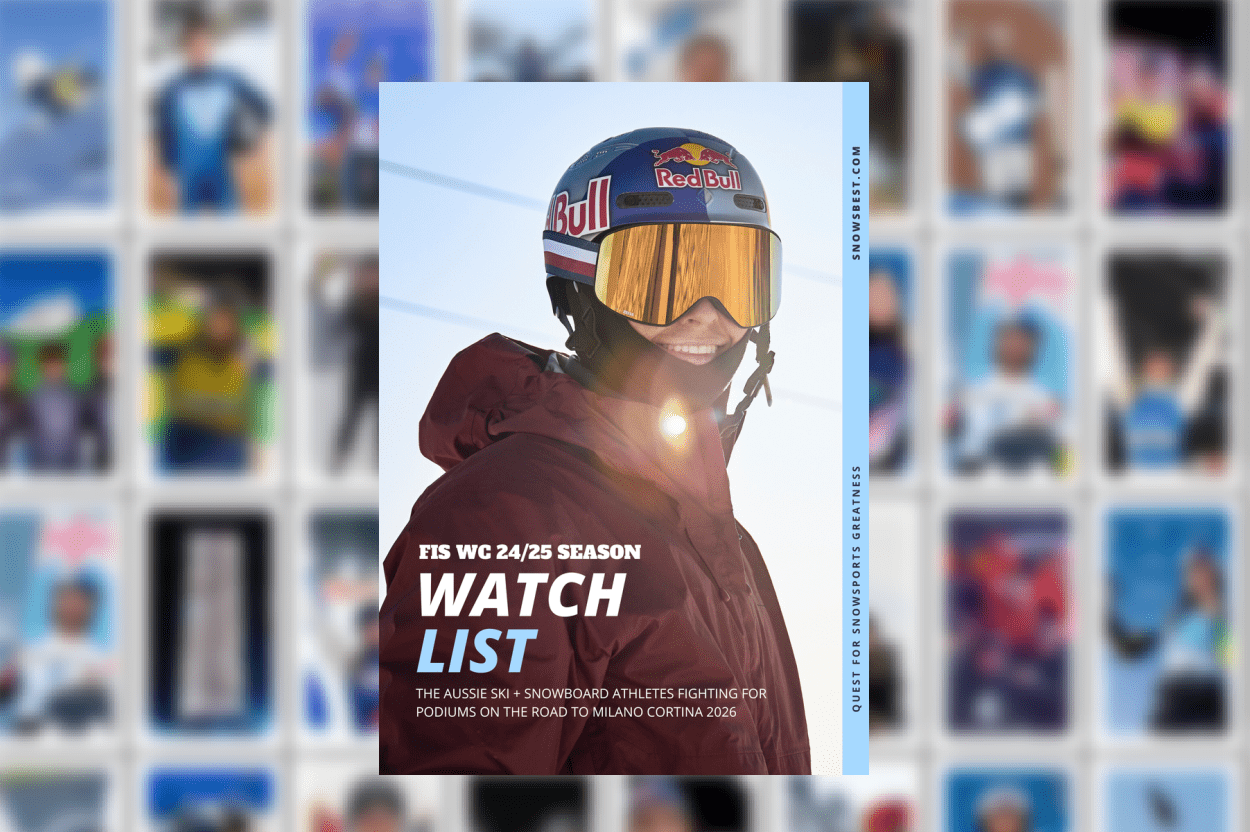I don’t know how many times I have resisted the urge to hire a guide when heading out for the first time into unfamiliar territory only to feel like I have missed an opportunity.
Yes it is expensive, but all the effort to get to the trailhead can lead to naught as you try and manage your group and collate all the necessary information you need to pull off a successful backcountry day. As often as not, although still enjoying the awesomeness of just being out in the backcountry, the anxiety and procrastination can hobble any chance of a relaxed trip and great lines.
Now with more experience I enjoy the challenge. I love maps, I love understanding the weather and snow science and I am a bit of a gear nerd.
Planning and executing a successful backcountry day is what I do, but it doesn’t stop me from hiring a guide to get the most out of a new zone. For most people starting out, the learning curve is steep. We are lucky in Australia to have great access and generally safe conditions, but get it wrong and it will bite you.
Australia is a great nursery for backcountry novices and despite the limited steeps there are plenty of trailheads and endless touring options. Getting a start though can be daunting. What with gear, weather and snow conditions, avalanche conditions, navigation, clothing, safety equipment, protocols and backcountry etiquette to consider it is no wonder the guiding industry, although still in its infancy here in Australia, is gaining momentum.
There is no substitute for employing a guide unless you are super confident of what you are doing personally and as a group. The reality is, for a shared expense, everyone is going to have a much better day out with a professional in charge.
Even an expert resort skier will most likely struggle with backcountry snow conditions unless well guided. Knowing where to go and when, and appreciating the experience and fitness of everyone in the group is a guide’s job and will make all the difference to the outcome.
Often all this responsibility is unfairly put on the most experienced group member. But just because you have some touring experience or have done an AST 1 (Avalanche Skills Training) course, it is no silver bullet to being safe in the backcountry. Probably the most important thing you will learn on your backcountry journey is that you can never take anything for granted, you can never stop learning and there is no exact science about any of it. What you think the conditions should be, based on all the available information, may well be very different when you are out there.
Reading the signs and interpreting them into good decision-making on the move takes years of experience and that’s what a guide brings to the table. For instance, being comfortable on the Main Range in New South Wales does not mean a given knowledge of the conditions and dangers that will present themselves in Victoria.
Watching and learning from a guide will impact how you handle yourself into the future. If they are a good communicator and share their experience and knowledge, a guide is invaluable. Not only sharing the obvious safety and route finding decisions but how they manage the group dynamic.
Statistics often point to ‘human factors’ being to blame for incidents in the backcountry and having the experience to manage this is crucial.
By human factors I mean overconfidence (expert halo), acceptance without speaking up when you want to, dissent, poor communication, familiarity which breeds complacency, powder panic and of course ego. Any of these can sometimes lead us astray, causing us to subconsciously make decisions that are not in our best interests.
None of us are perfect and sometimes these imperfections have big consequences.
Having a qualified guide when it matters to make the final decision on whether to ride a line or not, choosing to traverse a steep slope or tour the long way round could be the difference between a good day and a shocker.
At the end of the day, hiring a guide or not can come down to money. In Japan there seems to be a culture of nearly everyone hiring a guide. However, like Australia, the industry in Japan at the moment is unregulated and you can find yourself with a novice guide. This might be okay inbounds but step out the gates and everything changes.
You have every right to question your guide’s qualifications wherever you are.
In Europe and North America this is not so much of an issue as it is highly regulated and culturally different.
The thing is, if you are unfamiliar with the backcountry or in a new place and want to get to the best lines quickly, safely and hopefully in good company, being guided is definitely the way to go. There are now several guiding operations in New South Wales and Victoria, take your pick and enjoy the experience.


































